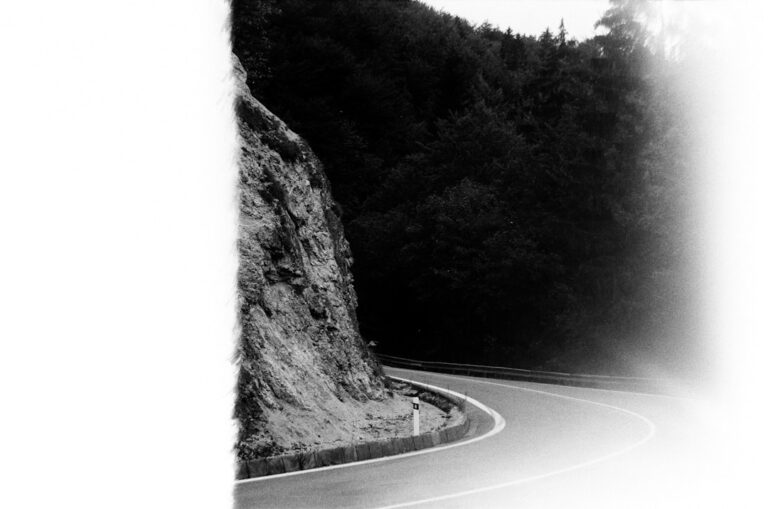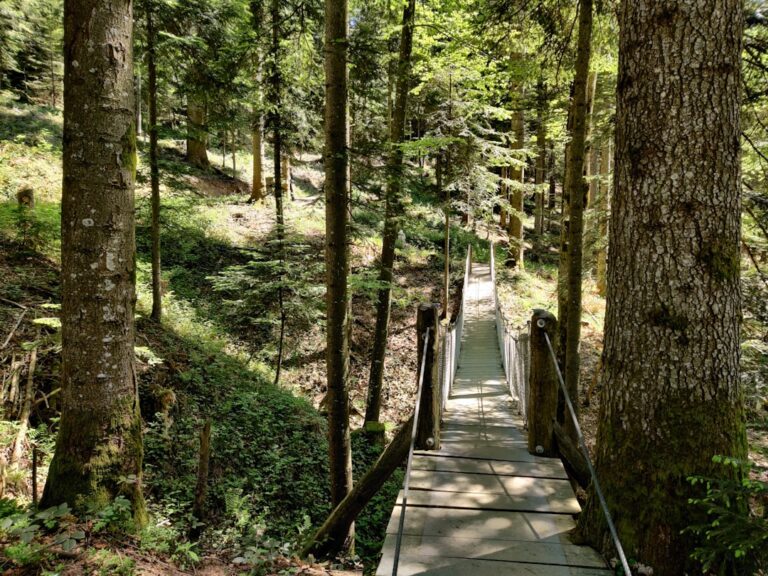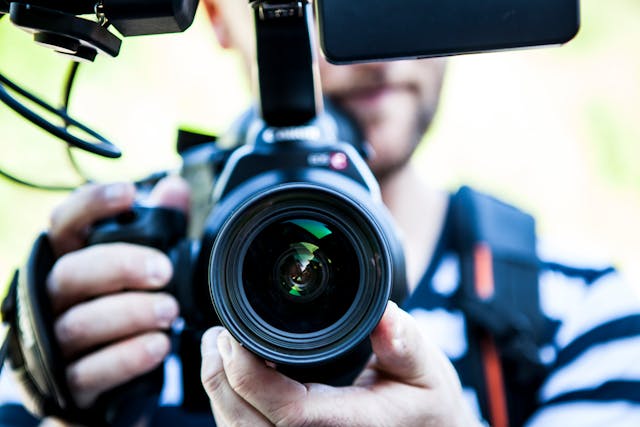Cum să te pregătești pentru o călătorie de camping de neuitat

Selecting the ideal camping location is a fundamental step that can significantly influence the overall experience of your outdoor adventure. The first consideration should be the type of environment you wish to immerse yourself in. Are you drawn to the serene beauty of a forest, the rugged charm of mountains, or perhaps the tranquil allure of a lakeside?
Each setting offers unique opportunities for exploration and relaxation, but they also come with distinct challenges. For instance, a forested area may provide ample shade and wildlife sightings, yet it could also present difficulties in navigating through dense underbrush. Conversely, a mountainous region might offer breathtaking views but could expose campers to harsher weather conditions and require more strenuous hiking to reach.
Accessibility is another crucial factor when choosing a camping site. It is essential to consider how far you are willing to travel and the means of transport available. Some locations may be easily reachable by car, while others might necessitate a hike or even a canoe trip.
Additionally, it is wise to research the amenities available at your chosen site. Some campgrounds offer facilities such as toilets, running water, and fire pits, which can enhance comfort and convenience. In contrast, more remote locations may require you to be entirely self-sufficient, necessitating careful planning and preparation.
Understanding the regulations and restrictions of the area is equally important; some parks may have specific rules regarding campfires, wildlife interactions, or even the number of campers allowed in a particular spot.
Packing the Essential Camping Gear
Shelter and Sleep Gear
The foundation of any camping trip begins with a reliable tent. When selecting a tent, consider factors such as size, weight, and weather resistance. A three-season tent is typically suitable for most conditions, providing adequate protection against rain and wind while remaining breathable during warmer months. Additionally, investing in a quality sleeping bag that is appropriate for the expected temperatures will significantly enhance your comfort at night. Look for bags with insulation ratings that match the climate of your chosen location.
Cooking Equipment
Beyond shelter and sleep gear, cooking equipment is another vital component of your camping kit. A portable stove or campfire cooking gear allows you to prepare meals in the great outdoors. Lightweight cookware made from materials such as titanium or aluminium can make cooking easier without adding excessive weight to your pack. Don’t forget utensils, plates, and biodegradable soap for cleaning up afterwards.
Personal and Safety Items
Food storage is also critical; bear-proof containers or coolers can help keep your provisions safe from wildlife while ensuring they remain fresh throughout your trip. Finally, personal items such as first aid kits, multi-tools, and navigation aids like maps or GPS devices should not be overlooked, as they can prove invaluable in unexpected situations.
Planning and Preparing Meals
Meal planning is an often-overlooked aspect of camping that can greatly enhance your experience in the wild. Before embarking on your trip, consider creating a menu that includes breakfast, lunch, dinner, and snacks for each day you will be away. Opt for meals that are easy to prepare and require minimal cooking time; this will allow you to spend more time enjoying nature rather than labouring over a stove.
Dehydrated meals are an excellent option for campers as they are lightweight and only require boiling water for preparation. Additionally, incorporating non-perishable items such as nuts, dried fruits, and energy bars can provide quick sustenance during hikes or activities. When preparing meals in advance, consider pre-chopping vegetables or marinating meats to save time at the campsite.
Vacuum-sealed bags can help keep food fresh while also reducing waste. It’s also wise to pack a variety of seasonings and condiments to enhance flavour without taking up much space in your pack. Remember to account for cooking methods; if you plan on using a campfire, ensure you have the necessary tools for grilling or roasting.
Moreover, always prioritise food safety by keeping raw meats separate from other food items and ensuring proper storage to avoid attracting wildlife.
Setting Up Camp
Setting up camp is an essential skill that can greatly affect your comfort and safety during your outdoor adventure. Upon arrival at your chosen site, take a moment to assess the area before pitching your tent. Look for level ground free from rocks or debris that could disrupt your sleep.
It’s also advisable to set up camp at least 200 feet away from water sources to protect both yourself and the environment from contamination. Additionally, consider the direction of prevailing winds; positioning your tent with its entrance facing away from strong gusts can help maintain warmth and comfort. Once you have selected an appropriate spot, begin by laying out your tent according to the manufacturer’s instructions.
Ensure that all components are accounted for and in good condition before assembly. After erecting your tent, create a designated area for cooking and eating that is separate from your sleeping quarters; this not only helps keep food odours away from your tent but also reduces the risk of attracting wildlife. Establishing a communal space with seating arrangements can foster camaraderie among fellow campers while providing a comfortable area to relax after a day of exploration.
Staying Safe in the Wilderness
Safety should always be a top priority when venturing into the wilderness. One of the most critical aspects of outdoor safety is being aware of your surroundings and understanding potential hazards. Familiarise yourself with local wildlife and their behaviours; knowing how to react in encounters with animals such as bears or snakes can be life-saving.
Carrying bear spray in bear country is advisable, as it provides an effective means of deterring aggressive animals without causing them harm. In addition to wildlife awareness, understanding weather patterns is crucial for staying safe outdoors. Before embarking on your trip, check forecasts for the area and prepare accordingly.
Sudden changes in weather can occur in mountainous regions or forests; being equipped with waterproof gear and warm clothing can make all the difference in adverse conditions. Furthermore, it’s essential to have a first aid kit on hand that includes supplies for treating common injuries such as cuts, scrapes, or insect bites. Knowing basic first aid techniques can empower you to handle minor emergencies effectively.
Exploring the Surrounding Area
Exploration is one of the most rewarding aspects of camping, allowing you to connect with nature while discovering new landscapes and ecosystems. Before setting out on hikes or excursions, take time to research trails and points of interest in the vicinity of your campsite. Many national parks and nature reserves offer maps detailing various routes suited for different skill levels; this information can help you choose adventures that align with your abilities and interests.
While exploring, consider engaging in activities such as birdwatching or photography to deepen your appreciation for the natural world around you. Bringing along binoculars or a camera can enhance your experience by allowing you to capture stunning vistas or observe wildlife up close without disturbing their habitats. Additionally, consider participating in guided tours or ranger-led programs if available; these experiences often provide valuable insights into local flora and fauna while fostering a greater understanding of conservation efforts.
Connecting with Nature
Camping offers a unique opportunity to disconnect from the hustle and bustle of daily life while reconnecting with nature on a profound level. Embracing this connection can lead to increased mindfulness and appreciation for the environment around you. One way to foster this connection is by engaging in activities that promote awareness of your surroundings; for instance, practising mindfulness meditation amidst natural settings can enhance your sensory experiences while encouraging relaxation.
Another method of connecting with nature is through journaling or sketching during your trip. Taking time each day to reflect on your experiences allows you to document thoughts and feelings inspired by the beauty around you. Whether it’s capturing the vibrant colours of a sunset or noting the sounds of rustling leaves in the wind, these creative outlets can deepen your bond with nature while providing lasting memories long after your camping trip has ended.
Leaving No Trace Behind
As stewards of the environment, it is our responsibility to minimise our impact on natural spaces during camping trips. The Leave No Trace principles serve as guidelines for responsible outdoor ethics that help preserve ecosystems for future generations. One fundamental tenet is to pack out what you pack in; this means ensuring that all waste—be it food scraps or packaging—is removed from the site upon departure.
Additionally, respecting wildlife by observing from a distance rather than feeding animals helps maintain their natural behaviours while protecting both campers and creatures alike. When setting up camp, choose established sites whenever possible to prevent damage to fragile vegetation; this practice helps maintain biodiversity within ecosystems while ensuring that future visitors can enjoy pristine environments as well. By adhering to these principles and promoting awareness among fellow campers, we can collectively contribute to preserving our planet’s natural beauty for years to come.
If you want to make your camping trip even more memorable, you can transform your hotel room into an Instagrammable space. This article from Voyage Voyage provides tips and tricks on how to create a visually appealing and stylish environment for your stay. By following these suggestions, you can elevate your camping experience and capture stunning photos to share with your friends and family.
FAQs
Cum să alegi locația potrivită pentru camping?
Pentru a alege locația potrivită pentru camping, este important să ții cont de preferințele tale și de activitățile pe care dorești să le desfășori în timpul călătoriei. De asemenea, este recomandat să verifici regulile și restricțiile locului respectiv, precum și condițiile meteorologice.
Ce echipament este necesar pentru o călătorie de camping?
Echipamentul necesar pentru o călătorie de camping include cortul, sacul de dormit, izoprenul, ustensilele de gătit, alimentele, apă potabilă, haine adecvate pentru vremea din zona respectivă, lanternă, brichetă sau chibrituri, trusă de prim ajutor și alte accesorii utile.
Cum să te pregătești pentru condițiile meteo schimbătoare?
Pentru a te pregăti pentru condițiile meteo schimbătoare în timpul unei călătorii de camping, este recomandat să consulți prognoza meteo înainte de plecare și să iei cu tine haine adecvate pentru vremea rece, ploioasă sau călduroasă. De asemenea, este important să fii pregătit pentru schimbările bruște de temperatură și să iei măsuri de precauție.
Ce măsuri de siguranță ar trebui luate în considerare în timpul unei călătorii de camping?
Pentru a asigura siguranța în timpul unei călătorii de camping, este important să respecți regulile locului respectiv, să eviți zonele periculoase, să păstrezi alimentele în locuri sigure pentru a preveni atragerea animalelor sălbatice și să fii pregătit pentru situații de urgență, având la îndemână trusa de prim ajutor și alte echipamente necesare.
Cum să te pregătești pentru activități în aer liber în timpul unei călătorii de camping?
Pentru a te pregăti pentru activități în aer liber în timpul unei călătorii de camping, este recomandat să ai echipamentul necesar pentru hiking, pescuit, ciclism sau alte activități pe care dorești să le desfășori. De asemenea, este important să fii conștient de regulile și restricțiile locului respectiv în ceea ce privește activitățile în aer liber.







